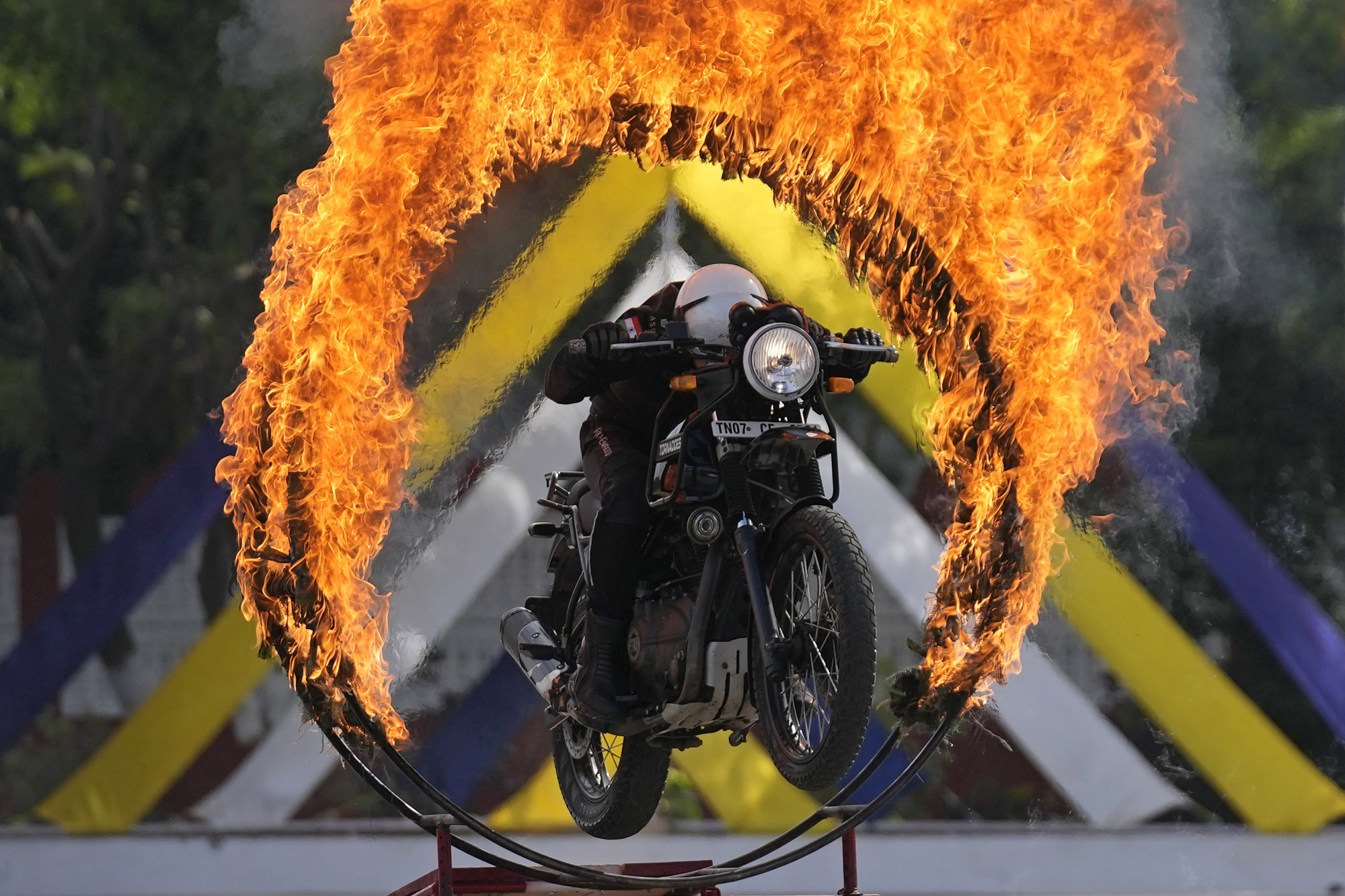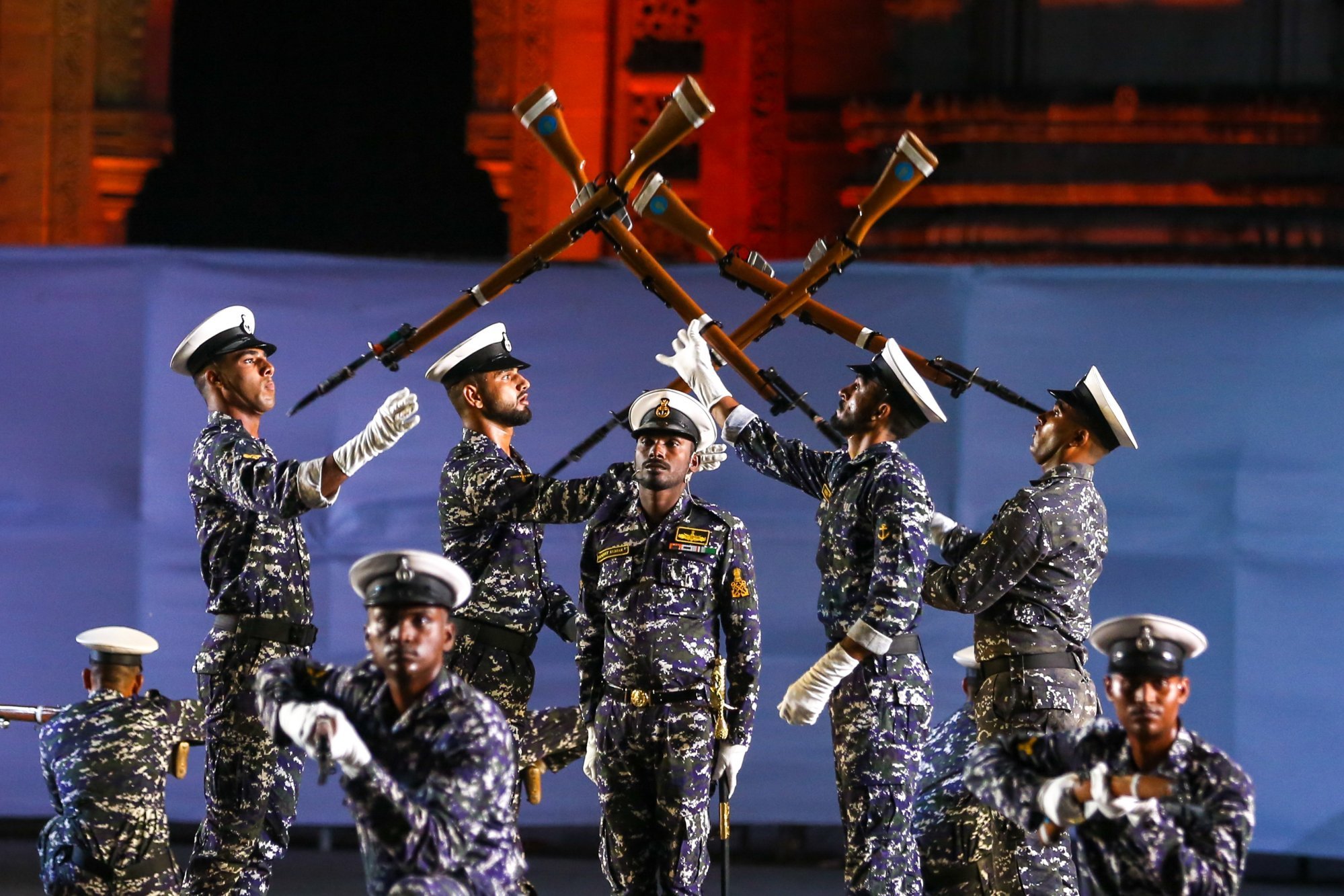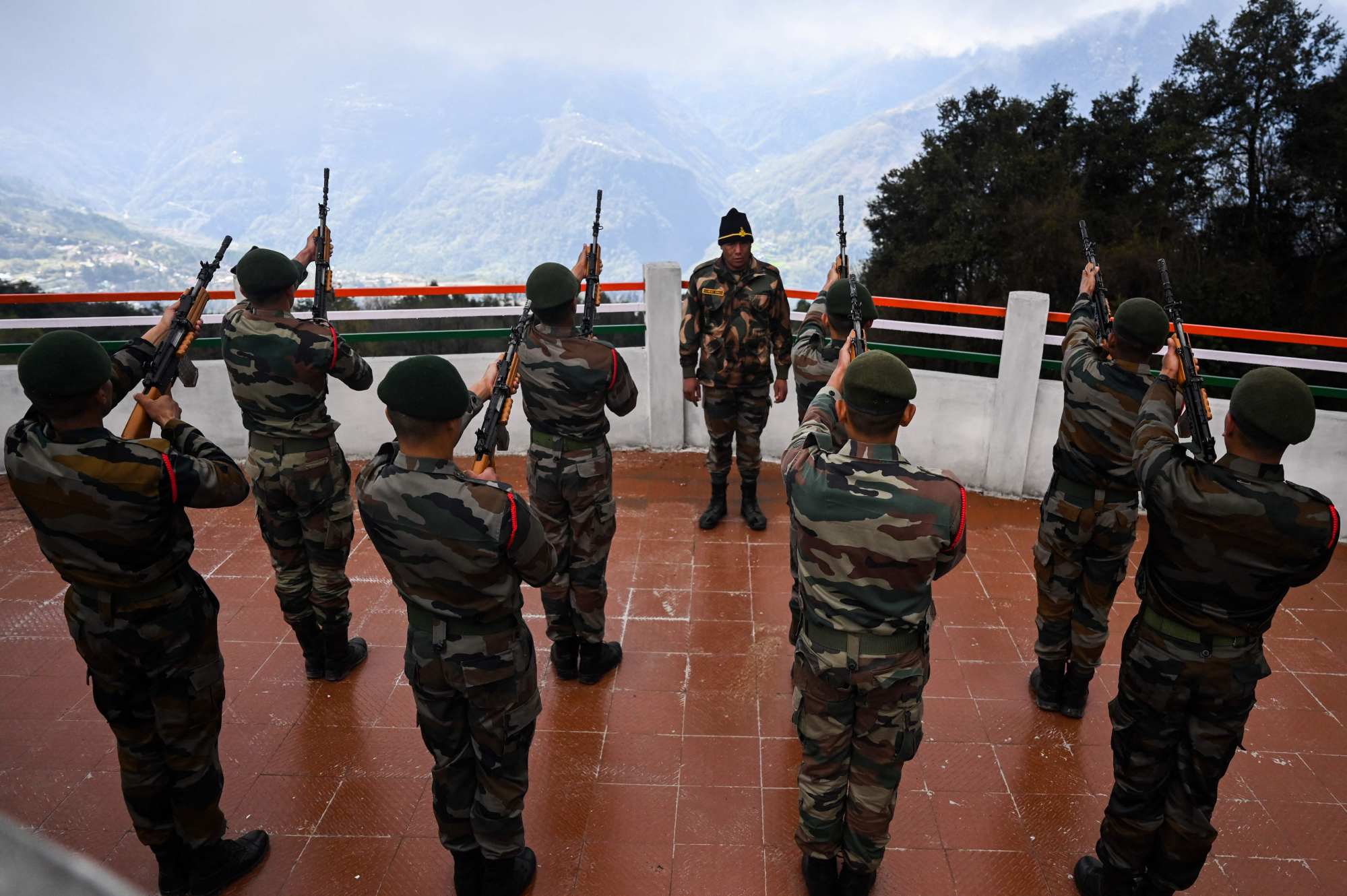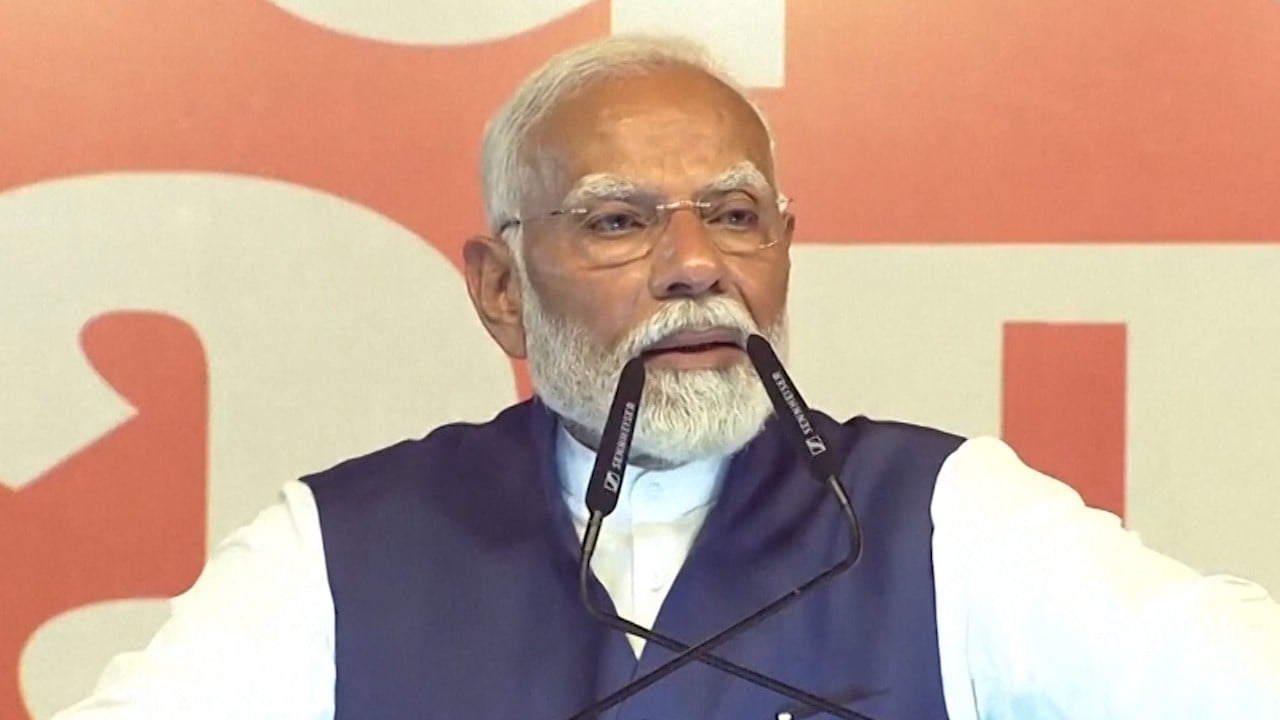Candidates between the ages of 17½ and 21 years under an Agnipath programme launched two years ago are called Agniveers. Resentment has mounted over the scheme’s curtailed period in belts of India which have been hotbeds for recruitment.

People in some communities and provinces in India aspire for lifelong army jobs, but are angered by the ruling BJP party after the programme affected employment prospects.
“A section of voters has been upset over the Agniveer scheme. Our party wants those shortcomings questioned by the public to be discussed in detail and removed,” JD (U) spokesman K.C. Tyagi was reported by ANI as saying last Thursday.

“Even before the NDA ally called for the review, a review has been ordered by the department of military affairs in the ministry of defence,” said Ashok Mehta, a retired Major General in the Indian army.
“It is not merely on the issue of number of years in service and retention of 25 per cent [in regular long-term army service], but on the more serious matter of manpower shortage.”
Mehta estimated a shortfall of 180,000 soldiers in the Indian army – exacerbated by the three years of pandemic when there was no recruitment. In addition, 60,000-70,000 people retire from the army every year, he says.
The total intake into the three service arms of the army, navy and air force through the Agniveer programme is about 40,000, of which only a quarter will be retained in long term service, according to Mehta.
“What the NDA ally has done will only hasten the process of the review,” he said.

With around 1.4 million personnel, the Indian army is the world’s second largest, ranking behind China’s which has 2 million. However, many analysts have voiced concerns that it might be stretched if it has to fight on two fronts simultaneously.
The government has said the programme aimed to build a more youthful profile for the army by inducting soldiers straight after school, below officer ranks.
But the real reason probably was not just to build a fitter army, but also to slash a ballooning pension bill by introducing shorter-term services to free up funds for modernisation of security forces, Mehta said.
India is already one of the world’s largest military spenders ranking only behind the US and China, limiting the scope for securing more revenues, analysts say.
The programme is unlikely to be scrapped, but the service period is likely to be increased from four years to five years and about half of recruits may be retained in the regular service after the proposed review, Mehta said.
“I doubt whether that will satisfy the allies [of BJP’s coalition government],” he said.
Leaner may not be meaner
There are many other loopholes in the programme, analysts say.
Shorter training stints may reduce combat efficiency, which may only come to light later once candidates are inducted into the regular army.
“This is a proposal which seems to have been hastily conceived,” said Uday Bhaskar, head of the New Delhi-based Society for Policy Studies think tank and a retired commodore from the Indian navy.
“The proof of the pudding will only be in the next war.”
With technology becoming more sophisticated, shorter training programmes could hamper the efficiency of crew-based weapon platforms like tanks and artillery guns that need precise coordination, he said.
“You can’t keep changing the composition of the unit,” Bhaskar said. “A soldier really gives his best after eight years of service.”
You can’t keep changing the composition of the unit. A soldier really gives his best after eight years of service
Manoj Joshi, a distinguished fellow at the Observer Research Foundation said there has to be a balance between maintaining efficiency, reducing pensions and modernisation of the defence forces.
“Now it has also become a diplomatic problem,” he said, referring to India’s ties with Nepal as recruitment of Gurkha soldiers for the Indian army has dropped ever since the Agniveer programme was introduced.
The Indian army’s Gurkha Brigade has been in service since the times of erstwhile British colonial rulers before the country’s independence in 1947.
Nepal has resisted allowing recruitment of its citizens into the Indian army from 2022, consequent to the introduction of the Agniveer manning system. It has also caused a shrinking of the well-decorated Gurkha Brigade.
Yashwant Deshmukh, an independent political commentator, said the resistance against the programme in the recent elections was limited as the BJP won in states like Uttarakhand and Himachal Pradesh where the youth want to get into the army.
But he expects fine-tuning of the programme to address the concerns. “I am sure tweaks will be done.”


